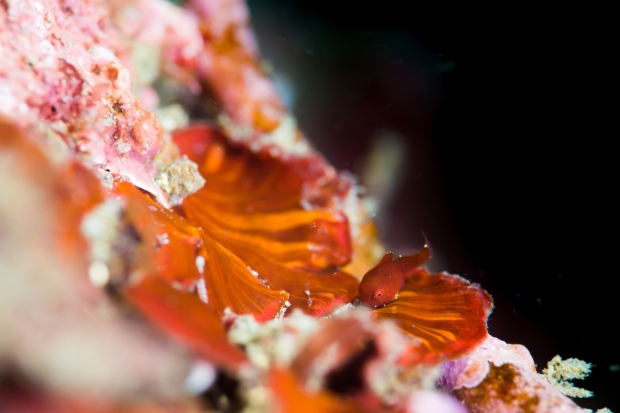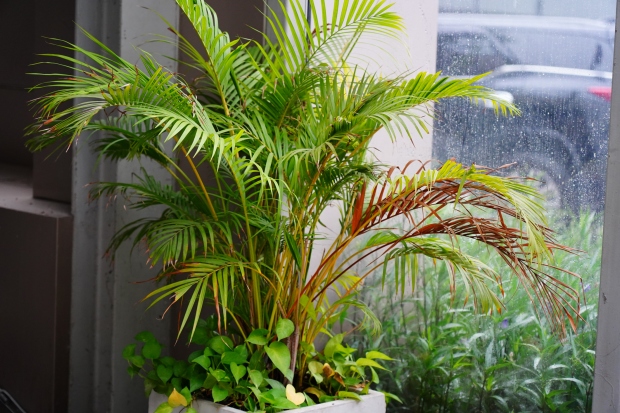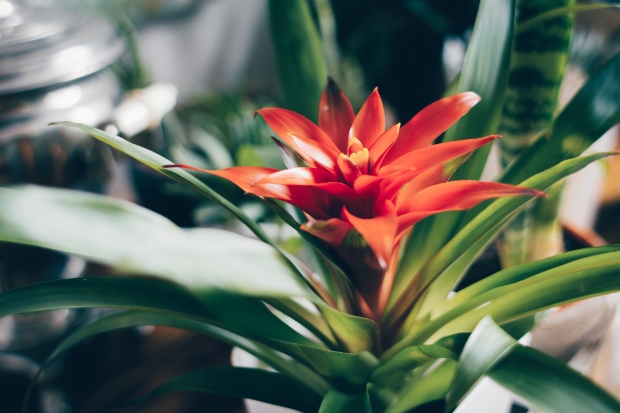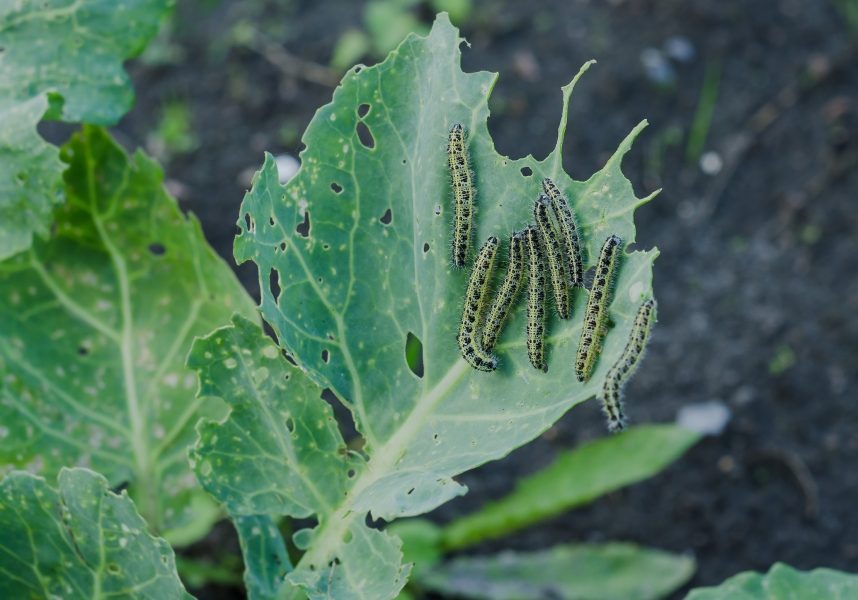Offrir des fleurs pour la fête des pères : lesquelles choisir ?
La journée de la fête des pères approche à grands pas et aura lieu cette année le dimanche 19 juin. Cette journée représente l’occasion idéale pour témoigner à votre père l’amour et le respect que vous lui portez, à travers de délicates attentions. Pourquoi ne pas le lui dire avec des fleurs ? Bien qu’elles soient souvent réservées aux femmes, les fleurs et plantes en tout genre peuvent aussi faire office de très beaux cadeaux pour les papas poules, dévoués et attentionnés. On vous présente tout de suite notre sélection de fleurs idéales pour la fête des pères :
Les roses blanches

Cette année, votre papa pourrait lui aussi avoir le droit à un élégant bouquet de roses ! Les roses sont l’une des fleurs symboliques de la fête des pères, une journée spéciale qui a pour but de mettre les pères à l’honneur depuis 1952 en France. À l’origine, ce sont davantage des roses rouges qui étaient offertes aux pères, bien que nous vous conseillons une alternative tout aussi riche en signification, si ce n’est plus. La rose blanche est le symbole de la fidélité, d’un amour éternel, de la générosité et de la sincérité. Un message fort pour le père que vous aimez !
Les cactus
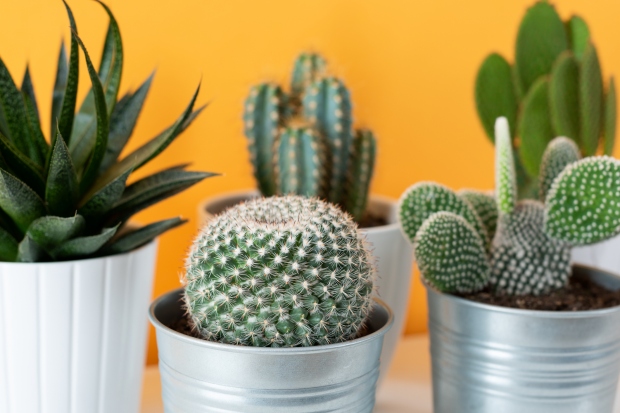
Optez pour l’originalité, et offrez un cactus pour la fête des pères ! Bien que son esthétique soit radicalement opposée à celle de la rose blanche présentée à l’instant, la signification du cactus pourrait vous étonner. Selon la culture amérindienne, le cactus serait en effet le symbole de l’amour inconditionnel, de la force et de la protection ! De plus, il existe de nombreuses variétés de cactus, sous toutes les formes et sous différentes teintes. Le cactus a l’avantage de nécessiter très peu d’entretien, en faisant le cadeau idéal pour les pères qui n’auraient pas la main verte.
L’olivier

En plus des nombreuses fleurs qu’il est possible d’offrir pour la fête des pères, certaines plantes peuvent aussi vous être conseillées, cela est le cas de l’olivier. Dans les régions du sud, l’olivier pourra être planté en pleine terre, dans un espace ensoleillé, tandis qu’il sera conseillé de le garder en pot dans les régions plus sujettes aux températures négatives (de manière à pouvoir le rentrer à l’intérieur lors de l’arrivée de l’hiver).
L’olivier dispose d’un feuillage vert argenté particulièrement esthétique, et présente de petites fleurs blanches, qui se transformeront en olives vertes ou noires en fonction de la variété de la plante. Concernant sa signification, l’olivier en est chargé. On le retrouve aussi bien dans les récits de la mythologie grecque, que dans ceux de la religion chrétienne. L’olivier serait un symbole de sagesse et de paix, tout en évoquant la force et la longévité.
L’orchidée
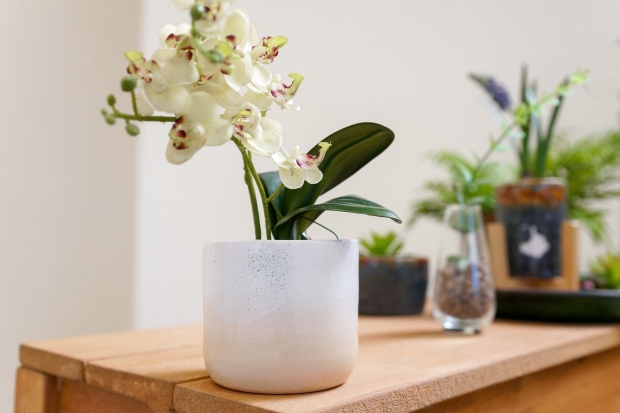
Autre option pour la fête des pères : l’orchidée ! On retrouve plus de 20 000 espèces d’orchidées, ce qui en fait l’une des fleurs les plus riches et les plus complexes du monde végétal. Lorsqu’elle dispose des soins adaptés, l’orchidée pourrait même rester en vie jusqu’à 100 ans ! Pour cela cependant, il faudra s’assurer que l’orchidée dispose d’une luminosité suffisante et d’une bonne hydratation, selon des consignes d’arrosage particulières.
L’orchidée est une fleur qui s’adapte parfaitement aux intérieurs modernes, et qui évoque le voyage et l’aventure, ainsi qu’une certaine opulence. Cette plante peut donc être le cadeau idéal pour la fête des pères, qui devrait très vite trouver sa place dans son bureau, dans un salon, ou tout autre pièce de son intérieur. Petit plus : les orchidées se déclinent sous de nombreuses couleurs, à vous de trouver la teinte idéale pour votre père !
Le ficus
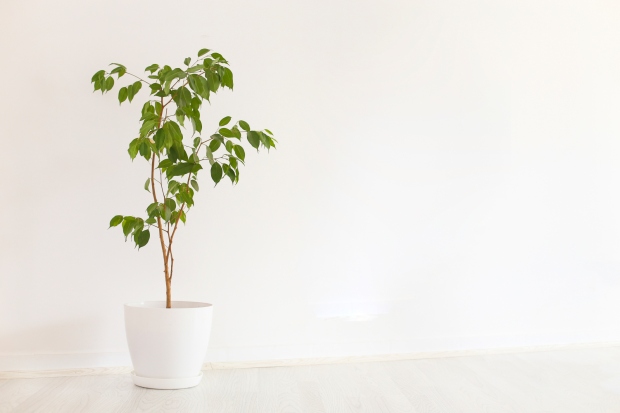
Le ficus est une plante tropicale, que l’on retrouve depuis de nombreuses années dans nos intérieurs. Du fait de cette origine tropicale, cette plante a besoin de beaucoup de luminosité, et elle préfère une atmosphère humide – elle peut donc être idéalement placée à proximité des pièces d’eau. Le ficus est aussi surnommé “figuier des pharaons”, et il serait même associé à la fondation de Rome. Dans le langage des fleurs, le ficus fait donc référence au pouvoir et à la force, il serait également associé au respect des valeurs et au raffinement.



